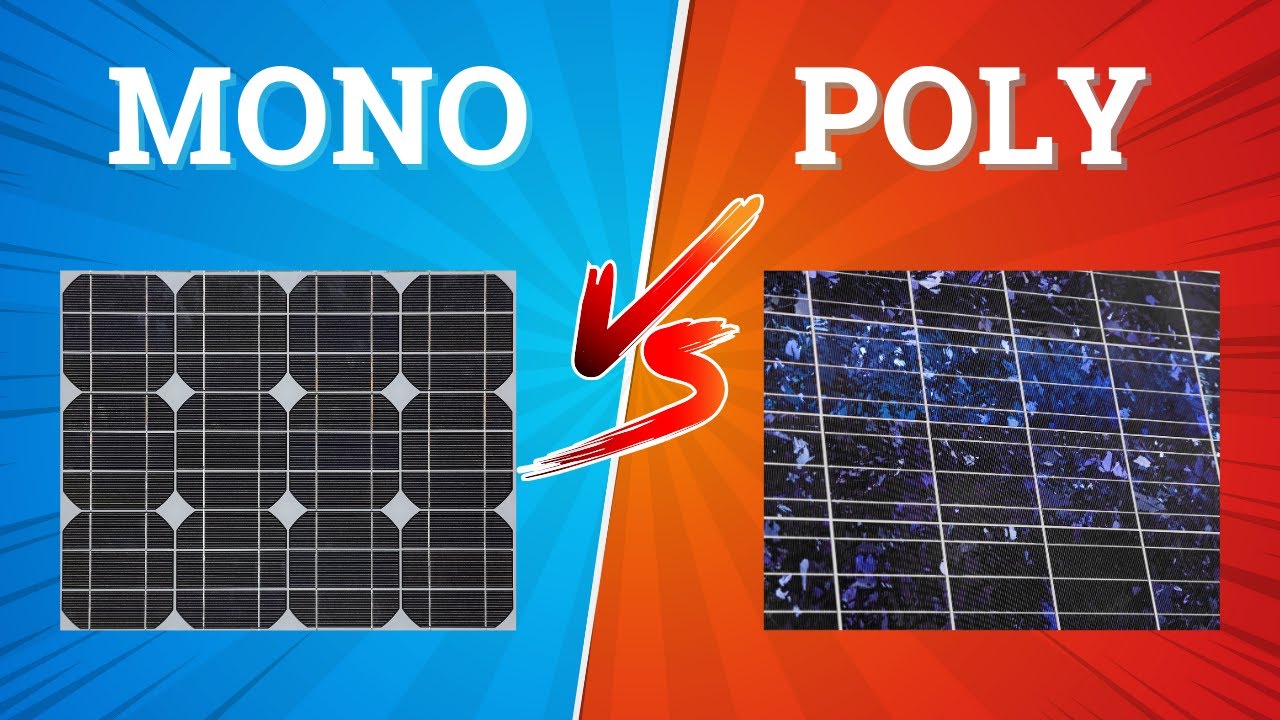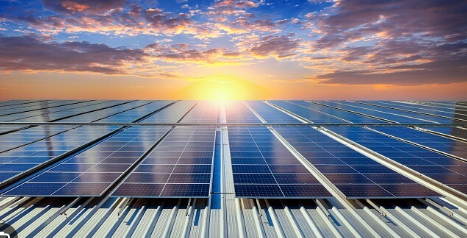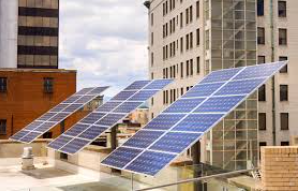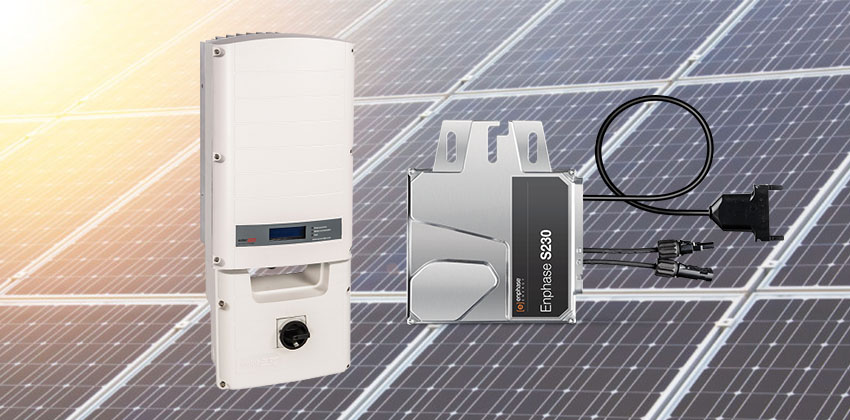Solar Panel Price: Monocrystalline vs. Polycrystalline Panels

Solar panels have revolutionized the energy sector, offering sustainable solutions to meet the growing demand for electricity. Among the most common types of solar panels are monocrystalline and polycrystalline panels. Each type has its advantages, disadvantages, and cost considerations. This article provides a detailed comparison to help you make an informed decision when investing in solar energy.
Understanding Monocrystalline and Polycrystalline Panels
1. What Are Monocrystalline Panels?
Monocrystalline solar panels are made from a single, pure silicon crystal. They are easily recognizable by their uniform, black appearance.
- Features:
- High efficiency (typically 20–24%).
- Sleek and aesthetically pleasing design.
- Long lifespan (25+ years).
- Ideal For:
- Limited space, as their efficiency allows for smaller installations.
- Homeowners prioritizing aesthetics.
2. What Are Polycrystalline Panels?
Polycrystalline solar panels are created by melting and cooling multiple silicon fragments. They are identified by their blue, speckled look.
- Features:
- Moderate efficiency (15–20%).
- Cost-effective manufacturing process.
- Slightly lower lifespan compared to monocrystalline panels.
- Ideal For:
- Larger installations where space is not a constraint.
- Budget-conscious buyers.
Cost Comparison: Monocrystalline vs. Polycrystalline Panels
The price of solar panels depends on various factors, including material, efficiency, and market demand. Here’s a breakdown:
1. Price Per Watt
- Monocrystalline Panels:
- Higher cost due to advanced manufacturing processes.
- Average price: $0.30–$0.50 per watt.
- Polycrystalline Panels:
- More affordable due to simpler production.
- Average price: $0.20–$0.40 per watt.
2. Installation Costs
While the upfront cost of monocrystalline panels is higher, their higher efficiency can reduce the overall system size, slightly offsetting installation costs.
3. Return on Investment (ROI)
Monocrystalline panels may offer better ROI over time due to their superior efficiency and durability, especially in areas with limited sunlight.
Factors to Consider When Choosing Between Monocrystalline and Polycrystalline Panels
1. Budget
- If cost is a priority, polycrystalline panels are a more affordable option.
- For long-term savings and efficiency, monocrystalline panels are worth the investment.
2. Available Space
- Monocrystalline panels are ideal for installations with space constraints.
- Polycrystalline panels work well for larger areas.
3. Climate and Performance
- Monocrystalline panels perform better in low-light conditions and high temperatures.
- Polycrystalline panels may lose efficiency faster in extreme heat.
Advantages of Monocrystalline Panels
- Higher Efficiency: Ideal for maximizing energy production in small spaces.
- Longevity: Maintains performance over decades.
- Aesthetics: Sleek black panels blend well with modern architecture.
Advantages of Polycrystalline Panels
- Lower Initial Cost: Budget-friendly for residential and commercial use.
- Environmentally Friendly Manufacturing: Produces less waste during production.
- Good for Large Installations: Perfect for solar farms or expansive rooftops.
Emerging Trends in Solar Panel Pricing
- Decreasing Costs:
- Mass production and advancements in manufacturing are driving down prices for both types of panels.
- Incentives and Subsidies:
- Many governments offer tax credits and rebates, making solar energy more accessible.
- Hybrid Panels:
- New technologies combining the best features of monocrystalline and polycrystalline panels are entering the market.
Conclusion
Choosing between monocrystalline and polycrystalline solar panels depends on your budget, space, and energy goals. While monocrystalline panels excel in efficiency and longevity, polycrystalline panels offer a cost-effective solution for larger installations.
Investing in solar energy is a step toward a sustainable future, regardless of the type of panel you choose. To learn more about pricing, installation, and benefits, visit SolarPrice.com.




